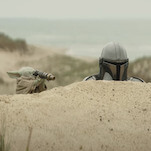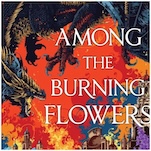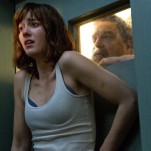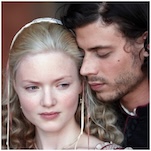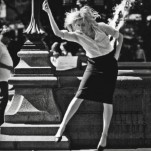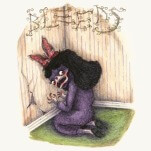The Rocks by Peter Nichols

While the relationship at the heart of Peter Nichols’ The Rocks ran its entire course in the late summer of 1948, it reverberates across decades, intertwining with dozens of characters who spend their lives, at least seasonally, on the Mediterranean island of Mallorca.
 We’re introduced to Lulu Davenport and Gerald Rutledge in 2005, both octogenarians who’ve seen each other just twice since divorce ended their brief marriage nearly 60 years earlier. During a chance encounter, Lulu and Gerald, who continued living in the same small town, find themselves still holding the “flame of old anger.” They argue, and then stumble and fall together into the sea.
We’re introduced to Lulu Davenport and Gerald Rutledge in 2005, both octogenarians who’ve seen each other just twice since divorce ended their brief marriage nearly 60 years earlier. During a chance encounter, Lulu and Gerald, who continued living in the same small town, find themselves still holding the “flame of old anger.” They argue, and then stumble and fall together into the sea.
Nichols weaves the story in reverse from the aftermath of the two characters’ deaths, pulling the reader back through time to 1995, 1983, 1970, 1966, 1956, 1951 and, finally, 1948 to reveal the event that set everything in motion.
This fascinating structure plays out like an archaeological study, the unearthed layers of the story subtly informing one another, the picture of these lives at last coming into full view. As three generations of characters age, their own decisions and actions add to the twisting plot, which Nichols accents with questions of individuality and family identity, desire and aspiration, lust and love, fate and possibility.
Nichols allows questions about the conflict between Lulu and Gerald and why it went unresolved for more than a half-century hang over the entire novel, concluding with a tragedy as significant as their untimely deaths. But along the way, Nichols also propels the plot with questions about the complicated relationships among a host of other characters: the spouses Lulu and Gerald took after their divorce, Lulu’s son Luc, Gerald’s daughter Aegina and grandson Charlie, along with the visitors at Villa Los Roques, the seaside resort Lulu owns and operates.
-

-

-

-

-

-

-

-

-

-

-

-

-

-

-

-

-

-

-

-

-

-

-

-

-

-

-

-

-

-

-

-

-

-

-

-

-

-

-

-


